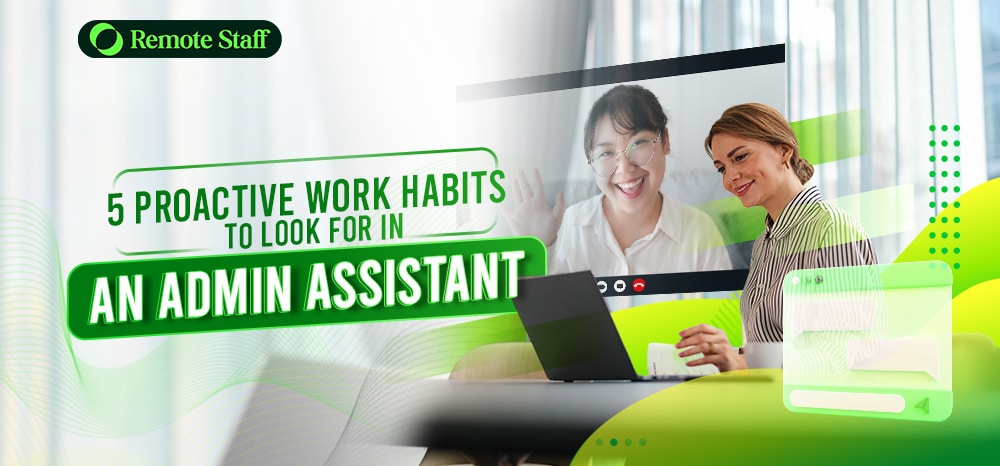Work flexibility and (potentially) increased productivity are two of the many inherent advantages in a WFH setup. In fact, the set-up is so effective and productive that there’s already a need to start disconnecting.
Wait, what? Yes, you read that right. Remote work has been so efficient at keeping businesses afloat despite the pandemic, but it’s starting to take its toll. Burnout is quite common to many remote workers, and that’s perhaps due to having to function at optimum levels in less than ideal circumstances.
Switching off can be difficult to do, especially if there’s no change in scenery or location. Working from home right now is almost like living in the office.
Since burned out workers aren’t good for morale or productivity and with constant lockdowns limiting our movements, how do we maintain healthy work-life boundaries?
The Right to Disconnect

In response, companies and legislators alike are considering “the right to disconnect.” This pertains to the employees’ right to disconnect from work, specifically by not engaging in work-related matters outside office hours.
For example, if work officially ends at 5:30PM, employees (and even employers) have the right not to answer emails. Even if they come in a minute after.
This may sound extreme, but it can help many remote workers unwind after a rough day. As an employer, the right to disconnect may seem counterproductive, but it can potentially benefit everyone.
Giving your employees their well-deserved breaks won’t just allow them to recharge and face another work day with more energy. This also allows you to do the same.
Mental Health Check

The global pandemic has taken a toll on everyone’s mental health. We’ve been forced to work in isolation and no one knows when we can go out freely again. Hence, it’s unsurprising for remote workers to feel blue on some (or most) days.
Employers can support their remote workers from afar by ensuring that they get the assistance they need. For one, you can add mental health consultations to their non-monetary benefits. If you can’t afford that, conducting weekly check-ins to see how your remote workers are doing also helps.
Lastly, more work doesn’t always equate to better work. Remote workers who work longer than the required hours aren’t likely to deliver high-quality results, or at least, not for long. Prioritise results over hours rendered to cultivate a healthier company culture.
Email Bans

Disconnecting from work may sound easy, but it’s anything but. Most of us feel intense guilt and shame when we don’t or won’t respond to urgent emails immediately. This is where an email ban can prove useful.
In extreme cases, other companies even apply strict enforcement mechanisms. For example, switching off servers at the appointed time makes it impossible for anyone to send emails after working hours.
However, such stringent measures usually aren’t necessary. In some cases, simple reminders will do. Leading by example is also a good alternative; don’t send or respond to emails after working hours whenever possible yourself.
You can also remind your team members about the importance of disconnecting every now and then.
The right to disconnect is yet another reminder of why a healthy work-life balance is necessary. Working from home is great and it is likely to stay. You might as well get things right this early in the game.
Remote Staff has been providing Aussie SMEs and entrepreneurs like you with skilled remote workers from the Philippines for more than a decade now. Whether you’re just starting with your first virtual assistant or are already looking for an entire remote team, we can help you out.
Call us today or schedule a call back and let’s get started.
Serena has been working remotely and writing content for the better part of the last decade. To date, she's written for Pepper.ph and Mabuhay Magazine, among others, and has churned out more than a thousand articles on everything from The Basics of Stock Market Investing to How to Make Milk Tea-Flavored Taho at home.





















